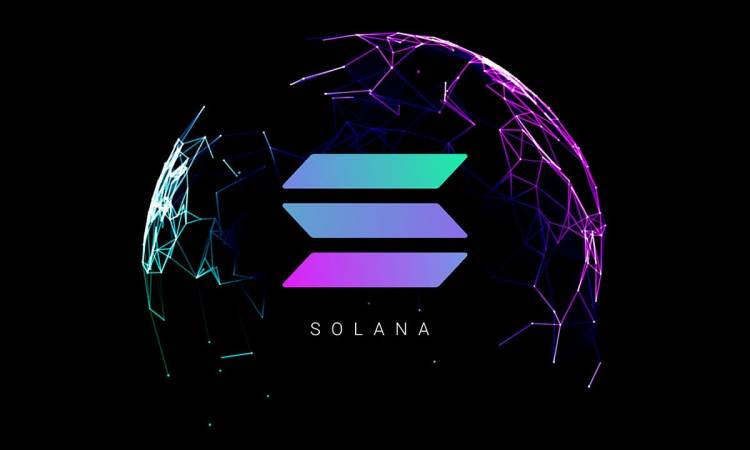Reason to trust

How Our News is Made
Strict editorial policy that focuses on accuracy, relevance, and impartiality
Ad discliamer
Morbi pretium leo et nisl aliquam mollis. Quisque arcu lorem, ultricies quis pellentesque nec, ullamcorper eu odio.
Bitcoin was first introduced in the year 2009. Since then the digital currency’s network has been growing non-stop. Over the past few years, bitcoin network has grown over multiple times but not much changes have happened on the technical side since its inception.
The bitcoin block size has remained at 1 MB since the beginning and in order to ensure the survival of bitcoin, it is very important to increase the block size. The bitcoin community has realized the severity of the situation and there have been multiple attempts to increase the block sizes since then. However, being a distributed decentralized network any changes to the blockchain can be made only after a consensus is reached by a majority of the community.
Some of the Bitcoin Improvement Proposals for increasing block size includes BIP-100, BIP-101, BIP-102, Bitcoin Classic and more. However, all these proposals have been shot down by one segment of the bitcoin community or another. These proposals were rejected mainly due to self-serving reasons or apprehension about the validity and impact of the proposed changes. The bitcoin mining community has been very vocal about block size increase since the beginning, at a cost of the whole bitcoin ecosystem.
Bitcoin miners are responsible for supplying the required processing power to keep the bitcoin network operational. The processing power contributed by miners is used to discover new blocks on the blockchain and process all bitcoin transactions happening over the network. For their contribution, they receive fresh bitcoins as a reward. As bitcoin network grows, the processing power required for mining bitcoin also increases. The increased processing power requirement is in direct correlation with the increasing complexity of mathematical problems that has to be solved to discover new blocks. Mining bitcoin is not possible with normal PCs or graphic processing units anymore like it was before. Most of the mining operations are now carried out by expensive and highly powerful application specific integrated circuits designed exclusively for that purpose.
Setting up a mining operation requires a lot of money and it is almost impossible to mine profitably with just one ASIC. This has led to companies with enough capital to set up data centers with hundreds of miners. This has led to massive commercialization of bitcoin mining, and a handful of such mining companies contribute almost all the mining power required to maintain the network.
Can Bitcoin Play Catch-up with Visa?
While everyone is busy debating about the proposals, no one is actually looking closely at the technical side of the equation. What needs to be done technically to increase the block size, or to increase the rate of transactions over the network. In the present state, the network is no capable of processing more than 7 transactions per second. According to an article in MIT Technology Review, the current bitcoin design is inefficient and it is capable of processing only 27 transactions per second, even with a block size of 4 MB. So, unless the developers pull up their socks and start working on redesigning bitcoin network, the digital currency will never live up to the expectations.
If bitcoin has to become a mainstream mode of payment, then it should be a lot better than what we have in our hands today. Visa processes over 2000 transactions per second and it is capable of handling as many as 50000 per second if required. Will bitcoin ever be able to compete with that? From where we are standing it doesn’t seem so. But fret not, for there is still some hope, as long as someone is working hard enough to change it.
Blockstream is one such company that is currently developing parallel networks that can process bitcoin transactions. If these parallel networks can work in tandem with blockchain, then we may be able to reduce the load on blockchain by distributing the load across the parallel networks as well. However, it still needs to be tested and for bitcoin’s sake, we hope it works.
Ref: Technical Roadblock Might Shatter Bitcoin Dreams



























